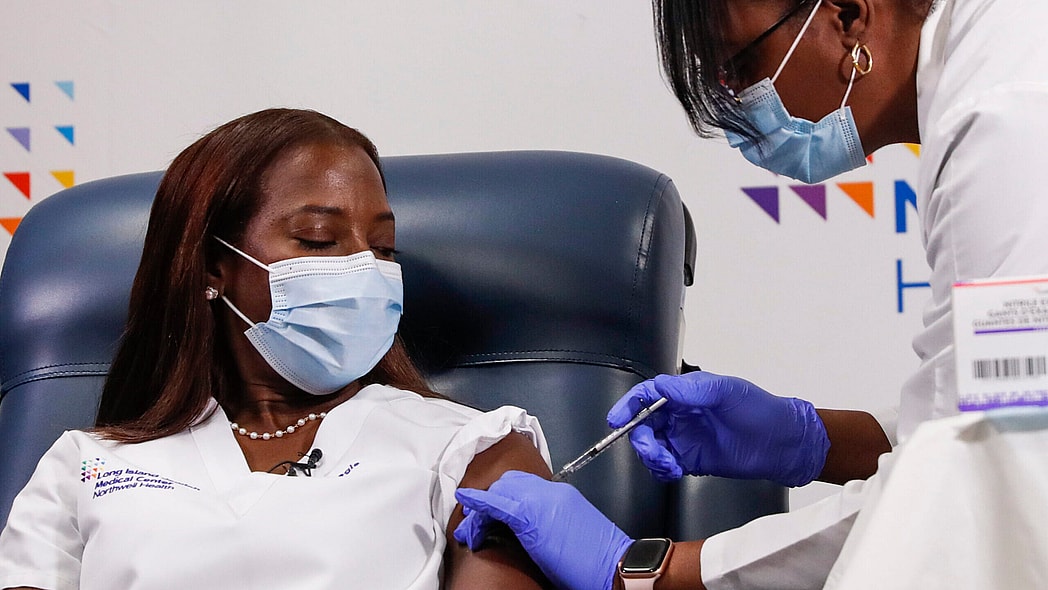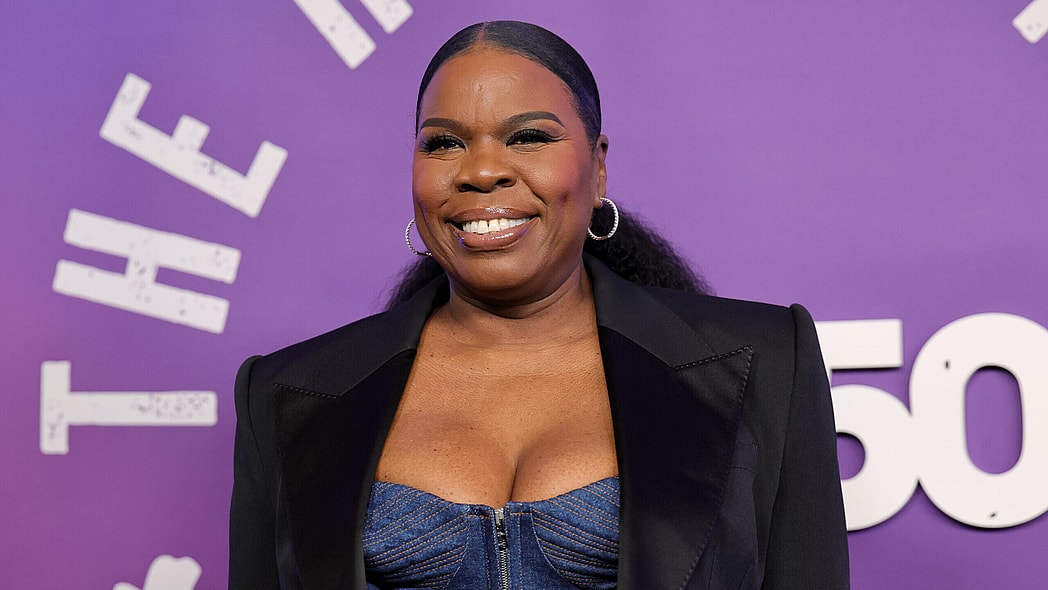Editor’s note: The following article is an op-ed, and the views expressed are the author’s own. Read more opinions on theGrio.
As a kid growing up in Battle Creek, Michigan, I watched my loved ones struggle with diabetes, cancer and other illnesses. It never occurred to me that our health had much to do with what we ate. As I got older, I realized how limited my knowledge of food actually was. I began to see how the U.S. food system prioritizes convenience over quality, economic efficiency over sustainability, and processing over freshness.
Eventually, most families face the health consequences of these priorities. I know mine did.
Why did our community have such minimal access to fresh, nutritious food? And how could I change that? As an adult, answering those questions led me to urban agriculture — and advocating for policies that would give families like mine better options.
In 2017, as a first-generation Black farmer, I opened Sunlight Gardens, an urban organic farm in my hometown of Battle Creek. Our mission is simple: grow food locally, feed the community and inspire the next generation of farmers. Our team takes pride in telling customers how we grow what they eat. Sunlight Gardens produce is served at nonprofits, schools, and restaurants.
Our beginnings were humble, but our presence quickly became critical.
Two years after we opened, Horrocks — a big-name grocery store in Battle Creek and a major source of fresh produce — moved out of downtown to a location eight miles away. That might not seem far, but it left many without a nearby source of fresh food. In response, Sunlight Gardens set up a hybrid between a farmstand and a convenience store.
If we’re going to change the way America eats, it’s going to require a lot less scolding — it’s easy to tell people to make different choices — and a lot more operations like ours that make better choices possible. But right now most communities don’t have a Sunlight Gardens and federal agriculture policy is a major reason why.
Every five years, Congress reapproves a law called the Farm Bill. It is a massive piece of legislation that shapes how we eat at nearly every level — what practices farms use, what kind of food they grow, and even who is eligible for the SNAP program, popularly known as food stamps. The current law, passed in 2018, expires on September 30, 2024.
Health
The bill focuses almost entirely on industrial-scale agriculture. These farm operations, some covering hundreds of thousands of acres, make up only 4% of farms but account for two-thirds of farmland, according to the U.S. Department of Agriculture (USDA). Of course, there’s nothing wrong with growing a lot of food. But designing our entire food system around a shrinking number of ever-larger industrial growers severely limits the healthy, fresh options that are available in most places. This approach is failing our bodies: More than 675,000 Americans die each year from diet-related illnesses. It is also failing our environment: Industrial agriculture makes up 10% of greenhouse gas emissions.
If we really want to offer better food options, the next Farm Bill can’t ignore small farms and especially urban agriculture. Despite having strong advocates like Senator Debbie Stabenow (D-Mich.) on our side — who is working to restore $8.5 million in funding for the Office of Urban Agriculture and Innovative Production — support in Washington, D.C. has been hard to find.
Most of our representatives simply do not understand the importance of urban farms, and policy is not designed with us in mind. We have to dig for even the most basic information on how to register land to be eligible for assistance, discouraging new farmers from ever getting started.
Here’s one example. Sunlight Gardens applied for assistance from the National Resources Conservation Service, housed under USDA. The service is intended to help farms like mine establish sustainable farming practices. But when we sought funds to help reduce soil erosion, it took us four years to receive any assistance at all — when we did, the payout totaled just $63. Resources and guidance to help first-time farmers with deer fencing, soil testing, water quality testing and composting were similarly difficult to obtain. Meanwhile, large industrial farms — almost all producers of corn, soybeans, wheat, cotton and rice rather than vegetables — have mastered the art of securing billions in government subsidies.
Congress treats small farms, and especially urban farms, as an afterthought. In fact, without additional funding, the U.S. Department of Agriculture’s Office of Urban Agriculture and Innovative Production may disappear entirely. This imbalance leaves many farmers behind — especially farmers of color, who already own less than half a percent of America’s farmland.
I see this upcoming Farm Bill as an opportunity to move us in the right direction. We can’t let another season go by, let alone another five years. We need policies that encourage minority-owned farming and first-generation farming. Above all, we need to support small farmers who want to feed and invest in the communities where they live.
Our food choices, and our health, depend on it.
Devon Wilson is the president and CEO of Sunlight Gardens in Battle Creek, Michigan, and a first-generation Black farmer.










